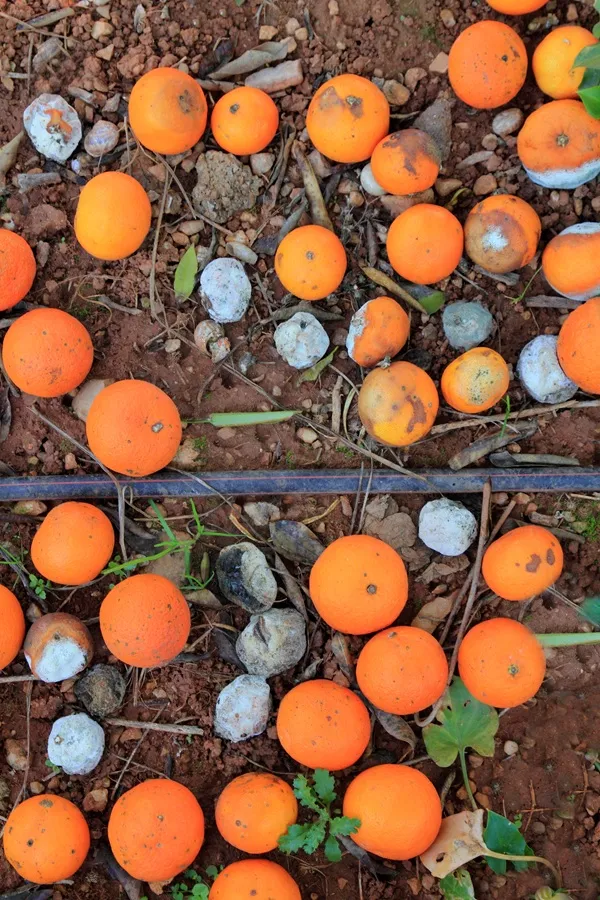Table of Contents
Artichoke: A Global Delicacy Rooted in Tradition and Nutrition
Introduction and Other Names
The artichoke (Cynara scolymus), also known as the globe artichoke, is a perennial thistle cultivated as a food crop for its edible flower buds. Often referred to as alcachofa in Spanish, carciofo in Italian, or artichaut in French, it has been a celebrated ingredient in Mediterranean cuisine for centuries.
Varieties
There are several varieties of artichokes, each differing slightly in size, shape, color, and tenderness:
- Green Globe – Most common variety in the U.S. and Europe.
- Big Heart – Thornless and large, great for commercial use.
- Violet de Provence / Purple Sicilian – Purple-hued varieties popular in France and Italy.
- Romanesco – Italian heirloom with deep purple coloring.
- Imperial Star – Grown especially for home gardens; matures quickly.
Nutrition Profile
Artichokes are a nutrient-dense vegetable offering a range of health benefits:
- Rich in fiber (over 10g per medium artichoke)
- Low in calories (about 60 per medium-sized head)
- High in vitamin C, K, folate, and magnesium
- Source of antioxidants (especially silymarin and cynarin, beneficial for liver health)
- Supports digestion and may help regulate cholesterol.
Smell, Texture, and Flavor
- Smell: Mild and earthy when raw; nutty and herbal when cooked.
- Texture: Outer leaves are fibrous; hearts and inner leaves are tender and meaty.
- Flavor: Slightly sweet, nutty, and earthy, with a subtle bitter undertone. When steamed or grilled, they develop rich umami notes.
How to Eat Artichokes
Artichokes require some preparation:
- Remove tough outer leaves.
- Trim the top and stem.
- Boil, steam, grill, or roast until tender.
- To eat: Pull off leaves, scrape soft flesh with teeth, and discard the fibrous part. The heart is the prized edible core.
Culinary Uses
- Salads: Marinated or roasted hearts add flavor and texture to green salads and pasta salads.
- Stews: Traditional in Mediterranean stews with lamb, beans, or chickpeas.
- Pickles: Marinated artichoke hearts in oil and herbs are a gourmet staple.
- Dips: Artichoke-spinach dip is globally popular.
- Pizza and pasta toppings, stuffings, or as a standalone side dish.
Allergies & Sensitivities
While rare, some people may experience:
- Cross-reactivity with ragweed or daisies due to botanical relation.
- Mild digestive upset due to inulin, a prebiotic fiber.
- Caution for individuals with gallbladder issues, as artichokes stimulate bile production.
Glycemic Index
Artichokes have a low glycemic index (GI) of around 15, making them ideal for diabetics and those managing blood sugar levels.
Producing Countries & Cultivation
Artichokes thrive in mild, Mediterranean climates:
- Top producers:
- Italy – #1 producer, especially in Sicily and Apulia
- Spain – Particularly in Murcia and Navarre
- Egypt
- Peru
- United States – Mainly in California (Castroville is dubbed the "Artichoke Capital of the World")
- Cultivation:
- Grown from seeds or root divisions.
- Require cool winters and mild, foggy summers.
- Harvested before the flower fully blooms.
Annual Output & Global Availability
- Global production exceeds 1.5 million tons annually.
- Europe accounts for over 60% of production.
- Available fresh during spring and fall; canned, frozen, or marinated artichokes are available year-round in global markets.
Price Trends
- Prices fluctuate based on weather and harvest conditions.
- In the U.S., fresh artichokes range from $1.50 to $3.00 each.
- Value-added products (jarred hearts, marinated cuts) have grown in demand and profitability.
Future of Artichokes Amid Climate Change
- Global warming poses challenges:
- Drought and heat stress reduce yield and bud size.
- Shifting climates threaten traditional growing regions.
- However, adaptive strategies like:
- Heat-resistant cultivars
- Controlled irrigation
- Vertical and hydroponic farming
are being explored to sustain production.
- Growing interest in plant-based diets and functional foods may increase demand globally, driving innovation in sustainable farming.
Conclusion
Artichokes, with their unique taste, health benefits, and culinary versatility, continue to hold a special place in global cuisine. As climate patterns shift and food security becomes a growing concern, sustainable cultivation and global awareness will be key to preserving this treasured vegetable for future generations.





